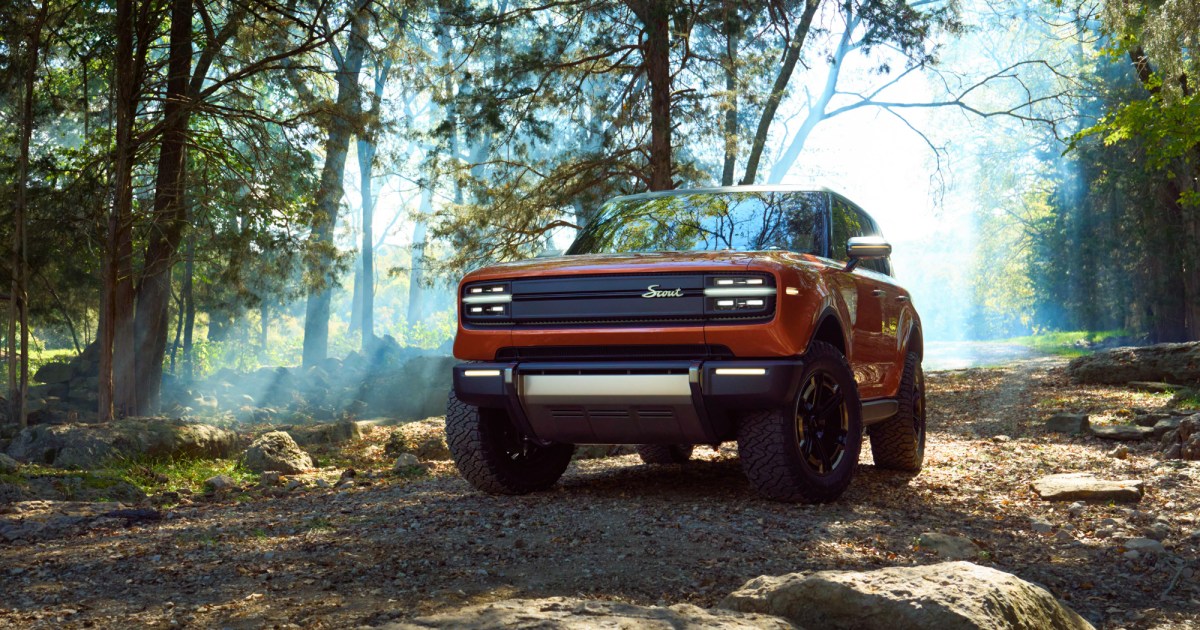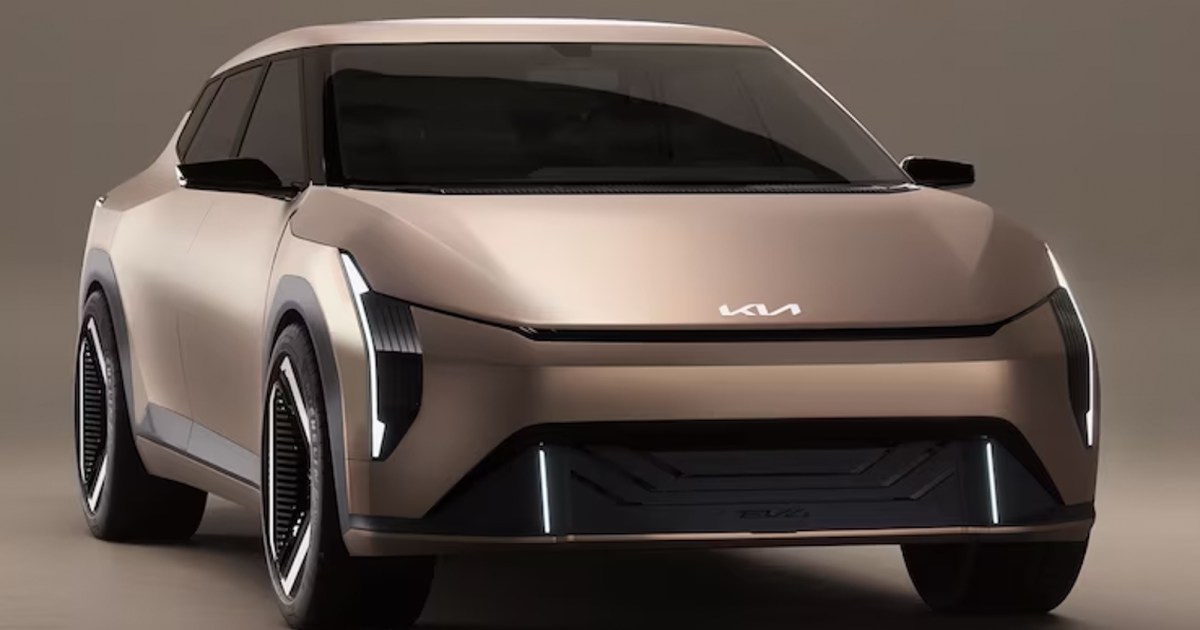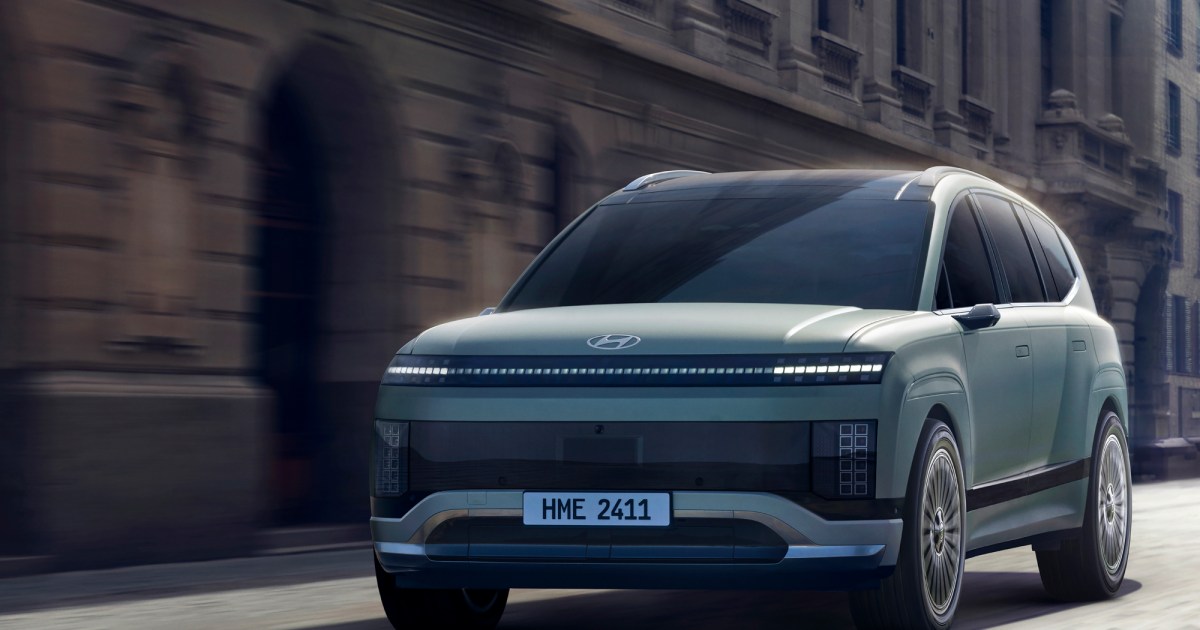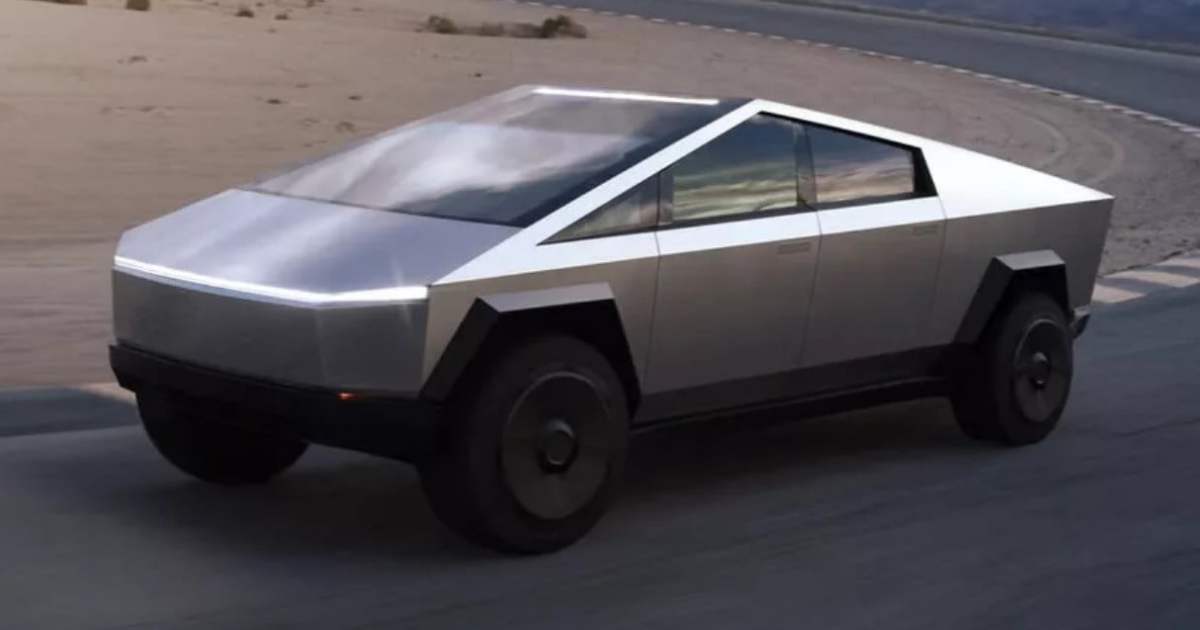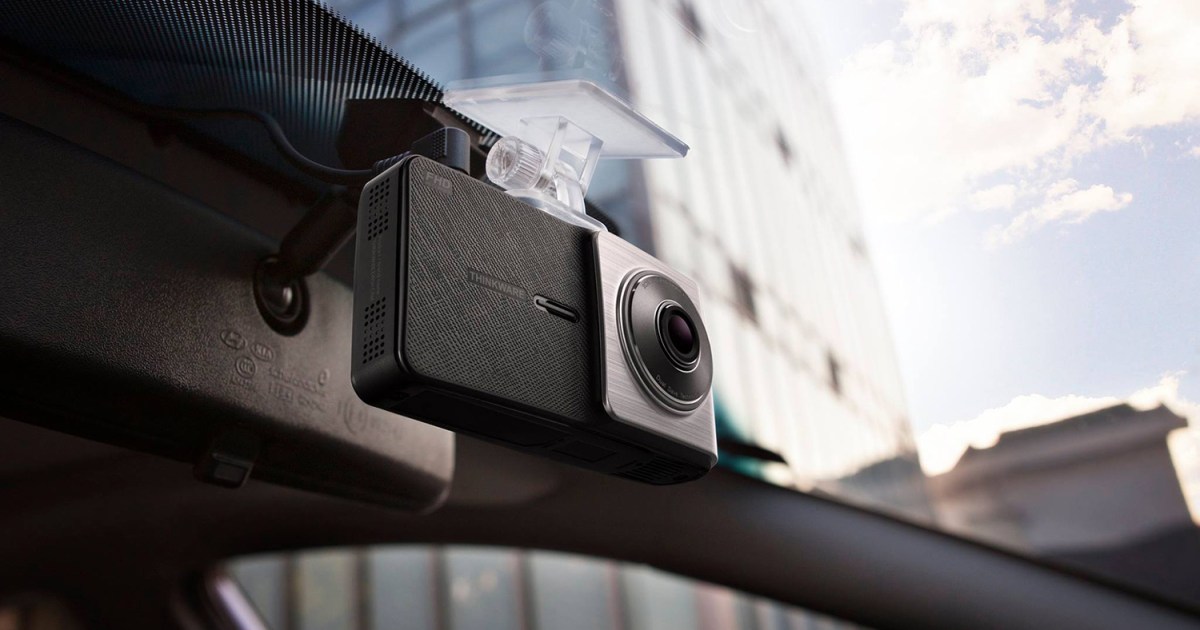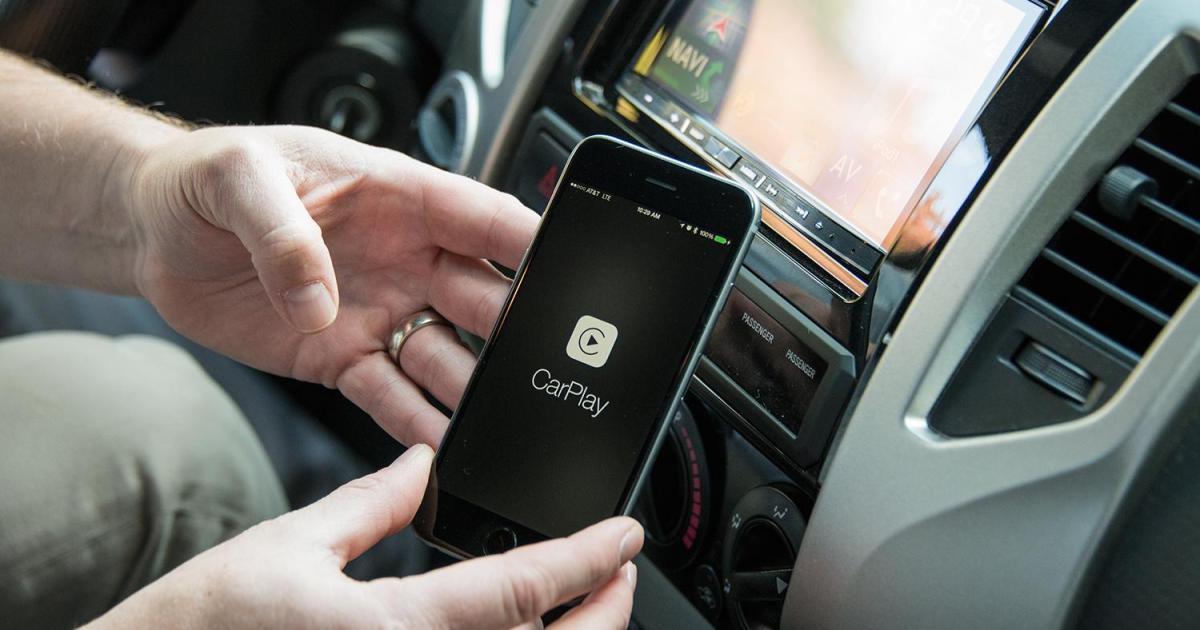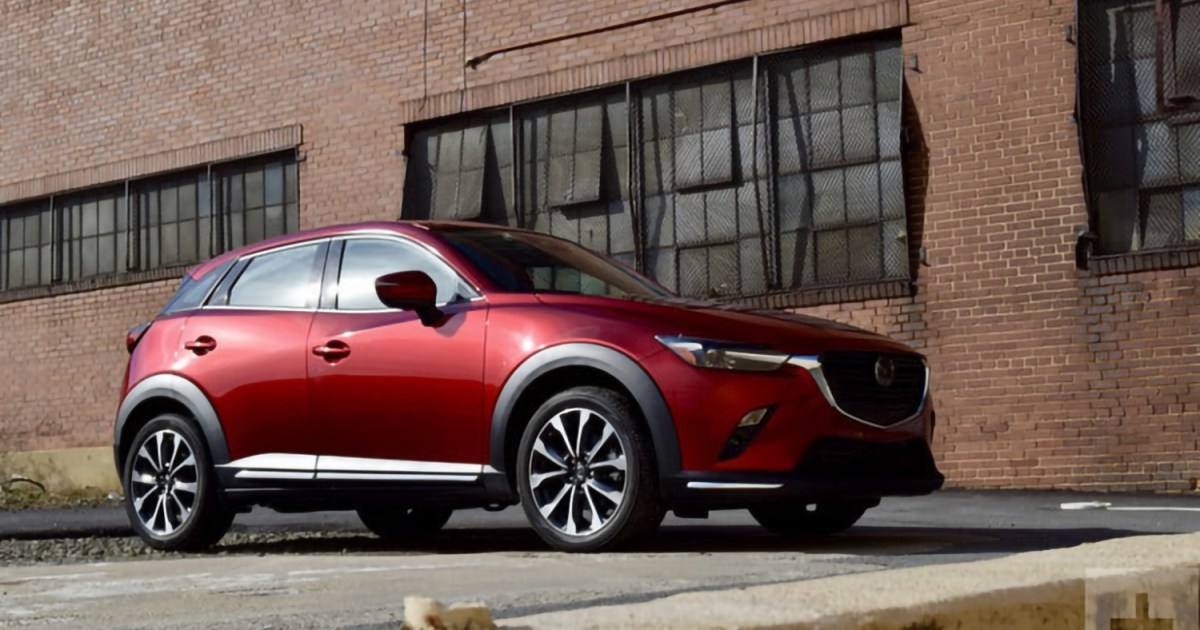The “Pirelli Cyber Tyre” has been making headlines, sparking curiosity about its capabilities. Pirelli, known for integrating technology into its tires, has partnered with Bosch, Pagani, and McLaren to develop this innovative tire. But what sets this smart tire apart from previous iterations? This article delves into the technology behind the Cyber Tyre and its potential to revolutionize driving safety.
Imagine navigating icy roads or heavy downpours. Loss of grip can lead to dangerous situations. While stability and traction control systems offer some assistance, they are often insufficient when hydroplaning occurs. Pirelli’s Cyber Tyre aims to address these limitations, promising a future where fewer drivers find themselves stranded in hazardous conditions.
Pirelli collaborated with Bosch to create this smart tire for the Pagani Utopia Roadster. The concept is straightforward: the tire collects data and transmits it to the car’s ESP control unit. This information allows the vehicle to adapt to the tire type, significantly enhancing grip and safety. We spoke with Ian Coke, Pirelli North America’s Chief Technology Officer, and Claudio Zanardo, Pirelli North America CEO, to gain deeper insights into this revolutionary technology.
Enhanced Grip and Slip Reduction through Real-Time Data
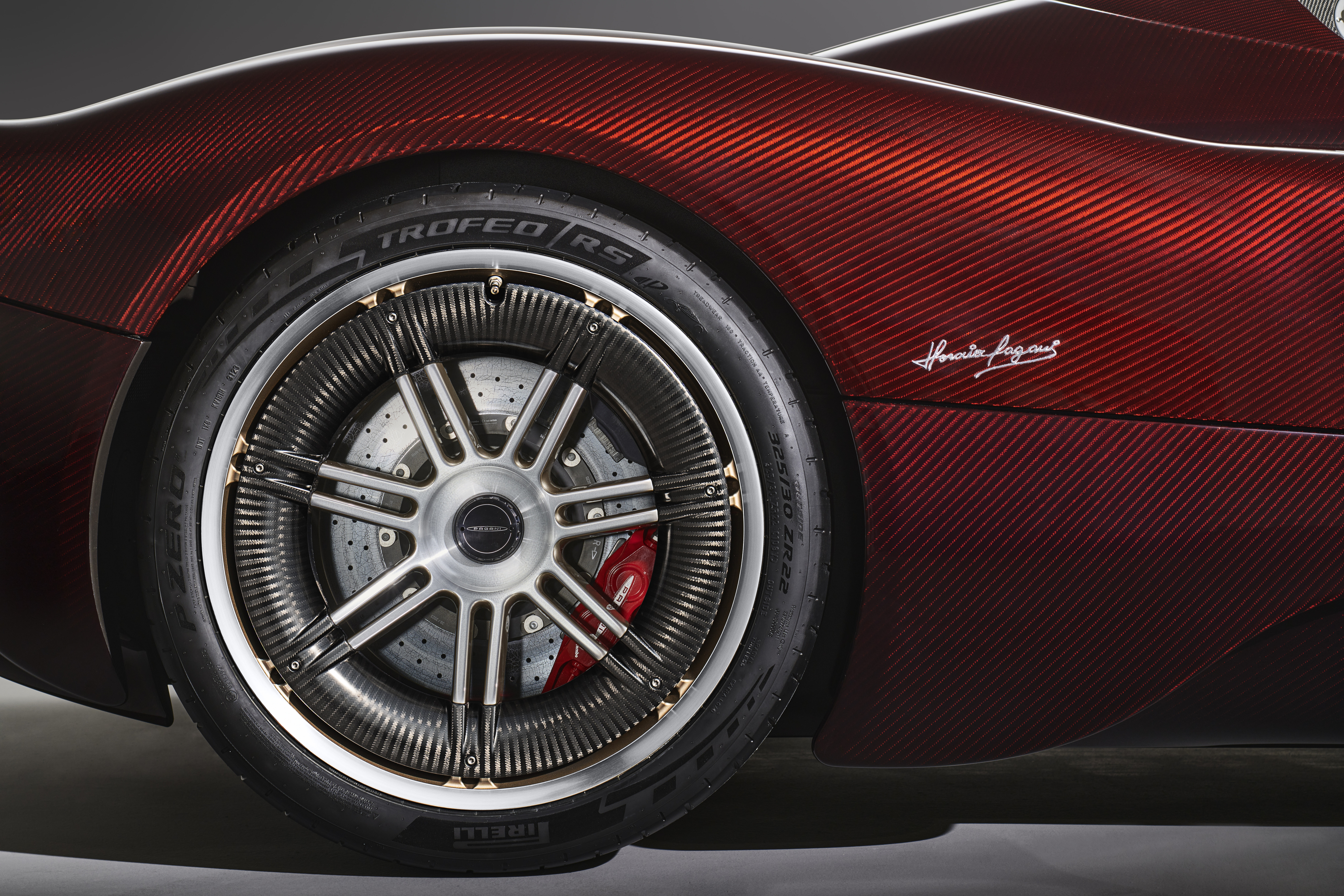 A Pirelli P Zero Trofeo RS at the back of a Pagani Utopia RoadsterImage used with permission by copyright holder
A Pirelli P Zero Trofeo RS at the back of a Pagani Utopia RoadsterImage used with permission by copyright holder
The Cyber Tyre’s sensor has two primary functions. The first involves passive data transmission, providing information about tire ID, pressure, and temperature. This allows the vehicle to recognize the tire type (summer, winter, etc.) and adjust its settings accordingly. The true breakthrough lies in the second, more advanced function, where the sensor integrates with the vehicle’s system. This enables real-time data relay, significantly improving grip and safety.
“It’s actually measuring every time it goes round how much contact I’ve got,” Coke explains. This constant monitoring, combined with velocity data, allows for immediate detection and mitigation of slip or aquaplaning. The Cyber Tyre enhances existing stability control systems, which typically react to wheel slippage, understeer, and oversteer. This new technology proactively addresses potential traction loss, preventing dangerous situations before they escalate.
The Crucial Bosch Partnership: Standardizing Data Transmission
 Pirelli P ZeroMiles Branman / MaagX
Pirelli P ZeroMiles Branman / MaagX
The Cyber Tyre’s data is invaluable, but only if the vehicle can interpret and utilize it. This requires a “smart tire-ready” car. Pirelli’s partnership with Bosch, a leading developer of engine management systems, is critical for standardizing data transmission.
“The whole reason to go with Bosch is to create a standard way of transmitting it,” Coke explains. While Bluetooth or Cloud-based solutions exist, they introduce latency, rendering them ineffective for real-time applications. For the Cyber Tyre’s active data, a direct connection is essential. Zanardo emphasizes the importance of this collaboration, highlighting the joint development of software and instruments to leverage the sensor’s data and enhance safety.
Rigorous Testing for Extreme Conditions
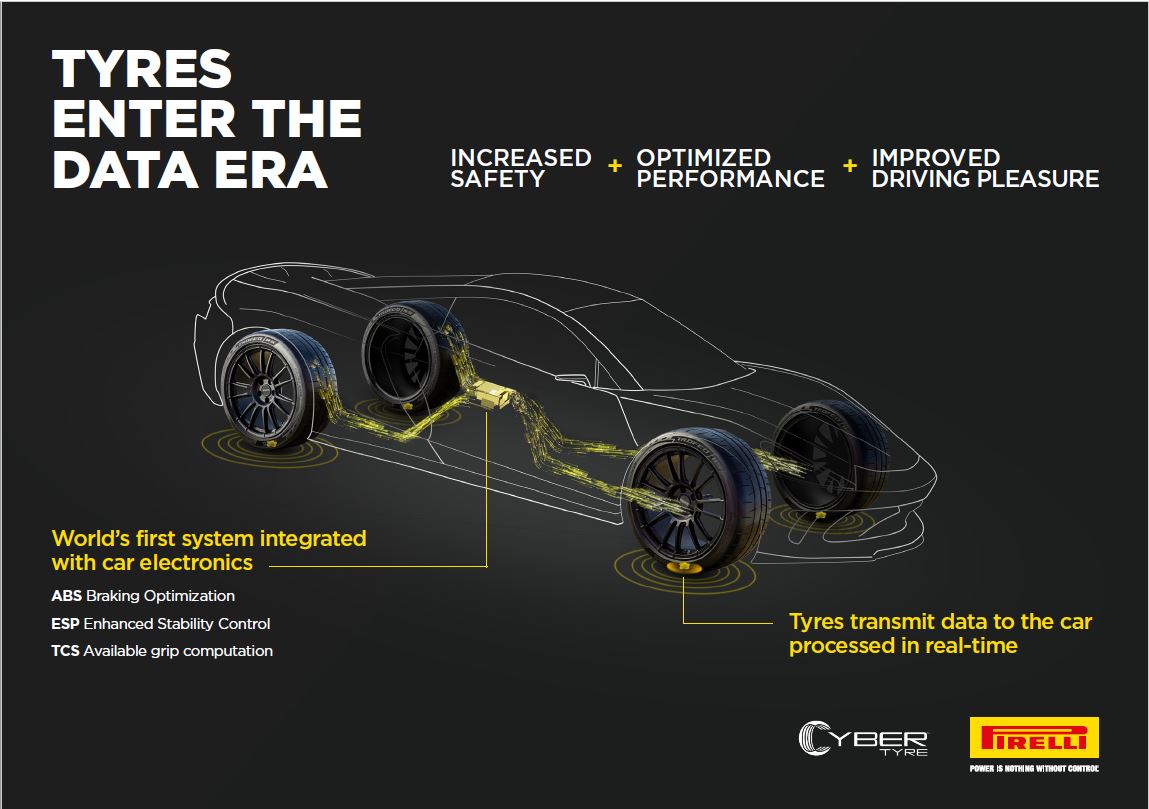 A graphic explaining what the Cyber Tire doesPirelli
A graphic explaining what the Cyber Tire doesPirelli
Developing the Cyber Tyre presented significant challenges. The sensor, containing intricate electronics, must withstand harsh conditions. Coke explains the rigorous testing process, highlighting the need for durability in extreme temperatures and high speeds. The sensors are tested at speeds exceeding 211 mph (340 km/h) to ensure they can withstand the demands of high-performance vehicles. Furthermore, transmitting data from a sensor embedded in rubber through a well-insulated vehicle posed a significant hurdle.
Indirect Influence of Formula 1 Technology
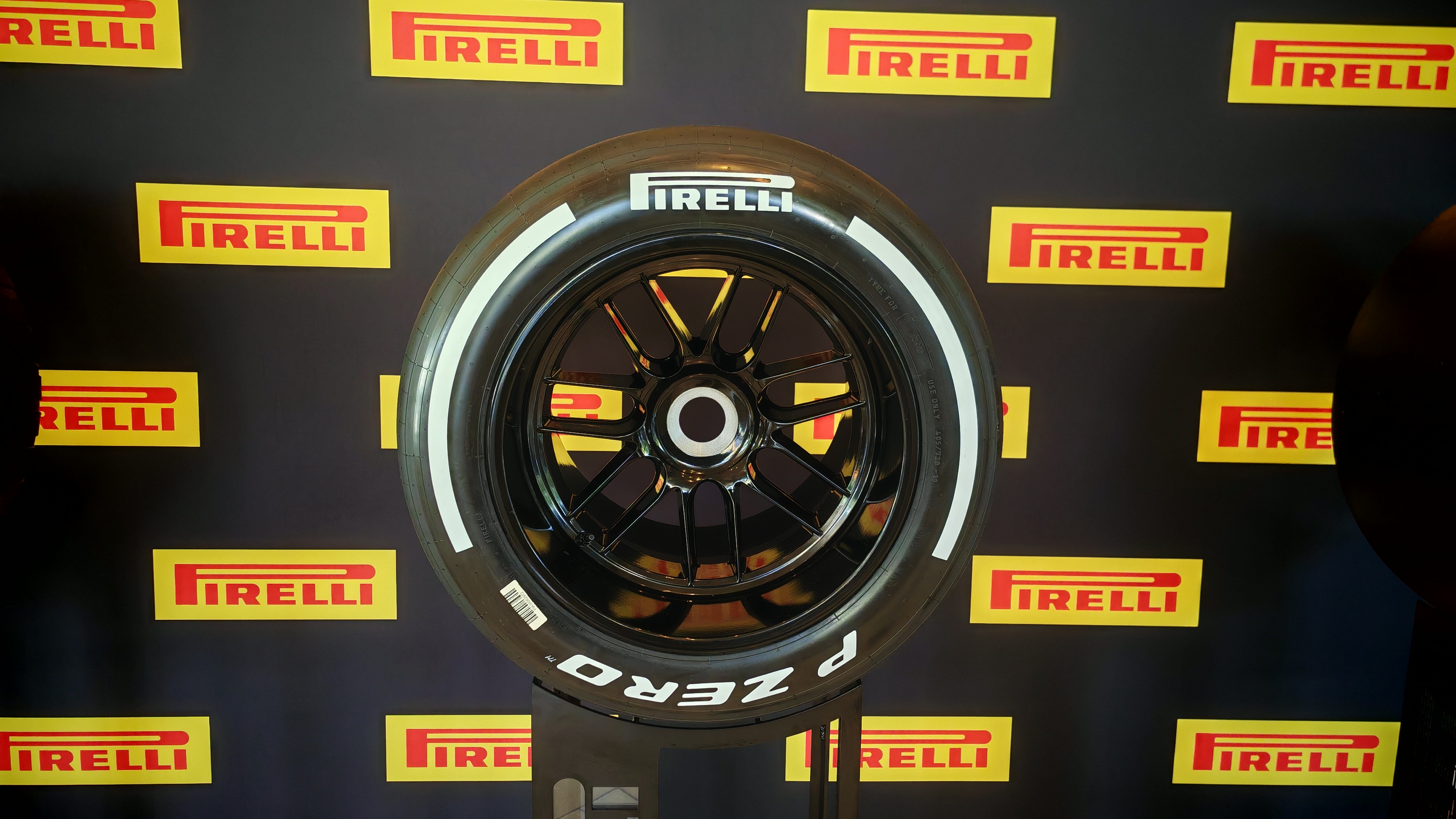 Pirelli F1 tire with hard compound coloringDave McQuilling / MaagX
Pirelli F1 tire with hard compound coloringDave McQuilling / MaagX
While the Cyber Tyre doesn’t directly incorporate Formula 1 sensor technology, Pirelli’s involvement in motorsport has indirectly contributed to its development. Zanardo clarifies the different requirements of Formula 1, which prioritizes performance above all else. However, the data analysis, simulation, and monitoring techniques honed in Formula 1 have significantly advanced Pirelli’s capabilities in developing the Cyber Tyre.
From Exclusive to Mainstream: The Road Ahead
 Red Pagani Utopia Roadster in a spotlight on a white backgroundPagani
Red Pagani Utopia Roadster in a spotlight on a white backgroundPagani
Currently, the Cyber Tyre is exclusively available on the limited-production Pagani Utopia Roadster. Wider adoption is anticipated within the next few years, potentially as early as 2025 or 2026. Zanardo describes it as an “ongoing journey,” with the first applications already in place. Pirelli envisions a future where this technology becomes as commonplace as traction control or anti-lock brakes, significantly improving driving safety for everyone.




